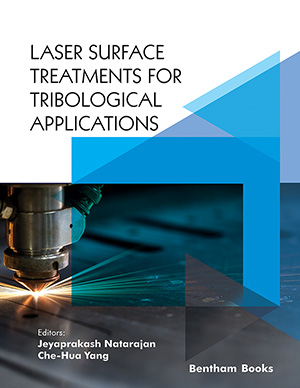
Abstract
Human pluripotent stem cells in their characteristics of immortal self-renewal and pluripotency have gained high expectations during last fifteen years regarding their ability to cure near any human disease. Regenerative Medicine was the new term for the novel cell-based treatments, which had the possibility of curing genetic diseases as well by previous correction of endogenous mutations in patient-specific induced pluripotent stem (iPS) cells. The possibility of developing combined genetic/ stem cell therapies for at least inherited monogenic diseases, meanwhile surpassing ethical rightness to destroy otherwise non-usable human embryos, still raised even more interest in the field of translational pluripotency. Aternative sources of stem cells from adult human tissues, gave rise to the research competition between the pluripotent stem and adult stem cells. The latter surpassed ethical debates but imposed slowness on the development of the field to translational medicine: these cells were multipotent in their vast majority, not immortal, and obtaining relevant amounts for research was more difficult compared to pluripotent stem cells. Despite their advantages in terms of availability, induced pluripotent cells have been mainly obtained by means of genetic modification, which impairs safeness of the downstream therapeutic product. The present review outlines the most recent inventions related to the preparation of safe clinical-grade hIPS cells. Its main objective is to contribute a concise compilation of the advances in the reprogramming of adult cells to pluripotency, the choice of original tissues and cell types, the methods of reprogramming to pluripotency, and above all the alternatives for elimination of genetic material from the reprogramming protocol. Registered patents and related bibliography reported mostly from the past two years have been reviewed, although basic literature has been included where needed to explain recent developments.
Keywords: Chemical reprogramming, genetically intact, naive pluripotent stem, patient-specific, pluripotent, reprogramming, therapy.
 42
42








